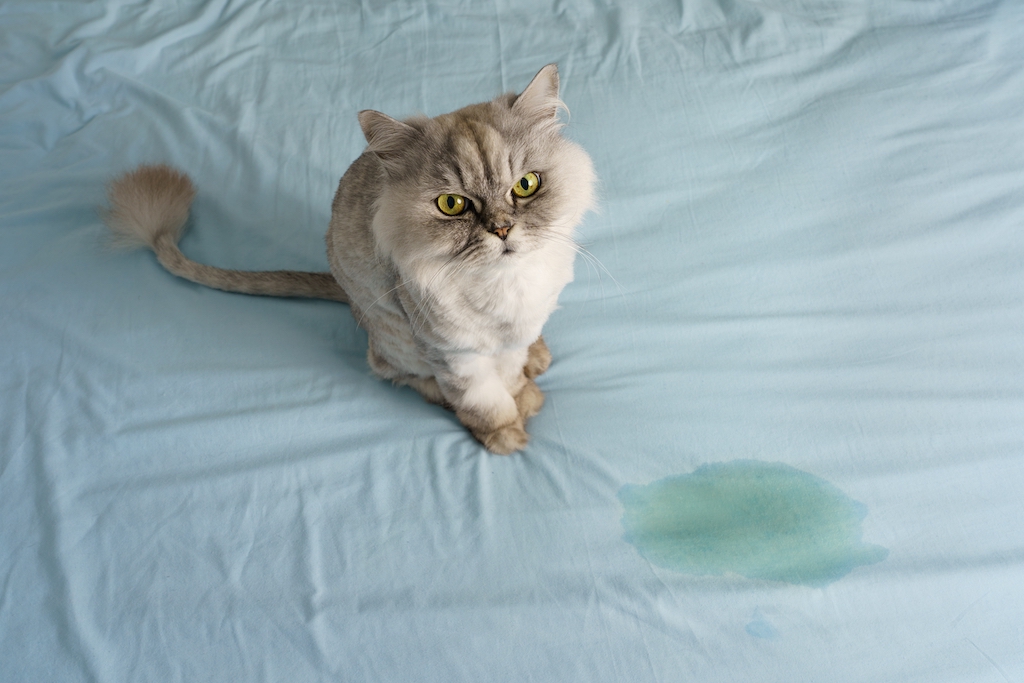
Feline Lower Urinary Tract Disease (FLUTD) is a medical condition characterized by pain and inflammation in the bladder and urethra. Most incidents of FLUTD are caused by Idiopathic Sterile Cystitis. While the condition can be seen in cats of any age, it is most frequently seen in young to middle-aged, overweight cats that get little exercise, use an indoor litter box, have restricted outdoor access, and eat a dry diet.
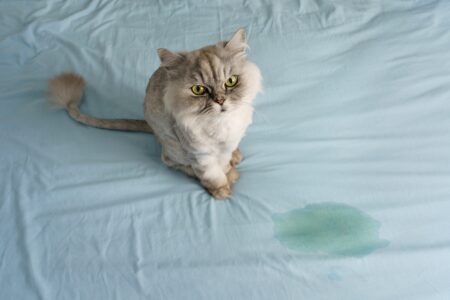 Symptoms of Feline Urinary Disease
Symptoms of Feline Urinary Disease
- Straining to urinate
- Frequent and prolonged attempts to urinate
- Crying in pain during urination
- Blood in the urine
- Decreased volume of urine
- Inappropriate urination outside of the litter box
- Excessive grooming of the belly and genital area
- Irritability and hiding
Diagnosis of Feline Urinary Disease
A diagnosis of FLUTD can only be made by excluding other causes of lower urinary tract disease.
Possible tests include:
- Urinalysis to evaluate the composition of the urine including the pH, presence of blood, or crystals.
- Bacterial culture of a urine sample to identify infections
- Bloodwork to evaluate general health and screen for diabetes & kidney disease
- X-rays of the urinary system to identify stones
- Ultrasound of the bladder and kidneys to diagnose stones, tumors, and polyps
Causes of FLUTD
Over 70% of FLUTD cats have Feline Idiopathic Sterile Cystitis
The majority of cats that develop FLUTD have no obvious underlying medical cause. When no underlying cause can be identified, cats are diagnosed with feline idiopathic cystitis or FIC. This form of disease appears to bear many similarities to a disease in humans called ‘interstitial cystitis’.
FIC is a neurogenic inflammatory condition of the bladder lining triggered and worsened by stress. When a cat’s stress hormones (adrenaline and cortisol) rise, an inflammatory response occurs in the nerves of the bladder lining. The inner lining of the bladder lumen (GAG layer) also begins to deteriorate leaving the nerve endings less protected. This inflammation causes in the classic symptoms of FLUTD. The experience of bladder inflammation causes more stress, resulting in a vicious cycle of rising stress hormones and inflammation.
15% of FLUTD cats have urolithiasis or crystalluria (urinary stones and mineral sediment)
Crystals are mineral deposits that form in urine when the urine pH is abnormal, such as too alkaline or too acidic. Rock-hard collections of crystals/minerals can form urinary stones (uroliths). Crystals and stones can cause many of the common symptoms of FLUTD.
A urinalysis may demonstrate the presence of crystals in the urine. Imaging is needed to make a diagnosis of urinary stones. X-rays are used to visualize stones in the bladder. The treatment depends on the mineral composition of the stones and crystals, but may include a prescription diet or surgical removal.
10% of FLUTD cats have a structural abnormality such as a tumor, polyp, or diverticulum
Structural abnormalities alter how the bladder functions and can inhibit normal bladder emptying. An ultrasound of the bladder and kidneys can identify soft tissue structural abnormalities
Less than 5% of FLUTD cats have Bacterial Urinary Tract Infections
Cat urine normally dicourages bacterial growth. Only cats that are producing abnormal urine are prone to developing lower urinary tract infections. Cats may develop a urinary tract infection if they have very dilute urine from chronic kidney disease, glucose in the urine from diabetes, or blood in the urine from stones or tumors. A positive urine culture can confirm the presence of a bacterial urinary tract infection.
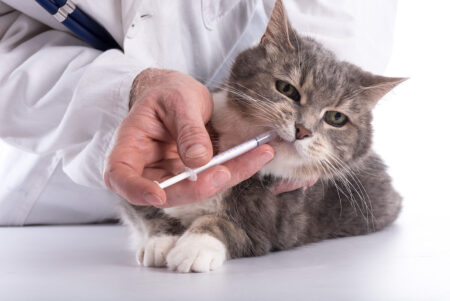 Treatment of FLUTD
Treatment of FLUTD
The treatment for interstitial cystitis has many components:
Pain Management
All cats suffering from FLUTD experience pain. Buprenorphine is the most common pain medication prescribed. This will last 8-12 hours, and must be given two to three times daily. This medication is not effective if swallowed; it must be applied to the gums or under the tongue.
Cats may also be prescribed Prazosin and Gabapentin, these medications target the painful urethral muscle spasms and neuropathic pain pathway that contribute to the frequency and straining common in FLUTD. Medications targeted towards inflammation such as steroids or anti-inflammatories may also be used.
Anxiety Medication
The most prescribed antianxiety medications are fluoxetine and amitriptyline. These medications increase the cat’s ability to deal with anxiety and lower the cat’s stress hormones. Decreasing the levels of stress hormones helps some cats break the cycle of neurogenic inflammation that causes FLUTD symptoms. Anxiety medications are used for cats that have frequent recurrent symptoms of sterile cystitis.
Antibiotics
Antibiotics will NOT help 95% of cats with FLUTD symptoms. Administration of unnecessary antibiotics may increase FLUTD symptoms due to the stress of having medication forced upon them. An antibiotic should ONLY be prescribed after a positive urine culture or a urinalysis has confirmed a bacterial urinary tract infection. If antibiotics are prescribed, oral medications are most effective (Clavamox or Orbifloxacin).
Decrease the Environmental Stress
If we can point to a recent one-time stressor, such as moving to a new home or upheaval in the daily routine, then once the cat has recovered, there is a good chance that the problem will not recur.
If the cat must contend with daily stress, such as another animal bullying them, recurrent symptoms and long-term therapy with environmental changes are likely to be required. Cats are intelligent and active creatures that can develop anxiety from boredom and lack of stimulation. Increasing exercise and mental stimulation can decrease a cat’s stress. Create a cat friendly environment. Cats need safe spaces such as cat trees to perch on and good hiding places provide an important retreat. Visit www.indoorcat.org for ideas to create a stress-free environment.
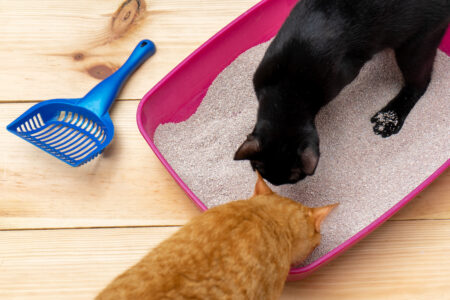 Improve Liter Box Accommodations
Improve Liter Box Accommodations
The litter box can be a source of stress for many cats. Cats need a clean private bathroom. Most cats prefer a large, open litterbox with litter that is unscented and sandy in texture. Litter boxes need to be cleaned daily; nobody likes a dirty bathroom. Multiple litterboxes are ideal. The recommended number of litter boxes is one per cat plus one extra. Litter boxes should be distributed in a variety of different locations and levels throughout the house.
Feed Prescription Urinary Cat Food:
Cats with a history of recurrent symptoms of FLUTD or crystalluria should be fed a prescription urinary diet. Controlled research studies have repeatedly demonstrated an 80% lower rate of FLUTD episodes in cats fed the prescription foods compared with cats fed over-the-counter pet store foods.
Prescription urinary diets:
- Decrease urine concentrations of inflammatory mediators and crystal minerals
- Increase concentrations of anti-inflammatory nutrients including Omega-3 fatty acids and vitamin E
- Increase solubility and dissolution of crystals in urine by maintaining proper urine pH
- Decrease retention of crystals and toxins in the urinary tract by increasing thirst and water intake
- Provide nutrients that promote emotional wellbeing such as vitamin B and the amino acid tryptophan
The three formulations of prescription food available are Hill’s Science Diet C/D, Purina UR, and Royal Canin SO. All of these foods work well to prevent the incidence of FLUTD. The cat’s personal taste preferences often determine which food is used long term.
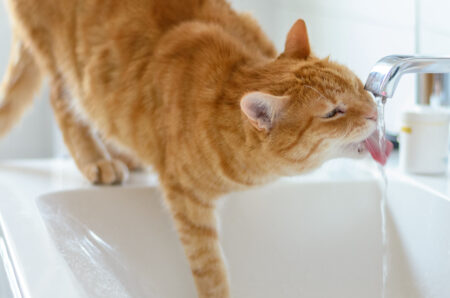 Increase Water Intake
Increase Water Intake
Cats evolved as desert creatures; they do not instinctively drink enough water. Highly concentrated urine is more likely to irritate the delicate bladder lining and minerals are more likely to precipitate out to form crystals or stones. The toxic substances in concentrated urine will contribute to FLUTD.
Ways to increase water intake:
- Feed more canned/wet food. Cats should be fed canned food daily and have less access to dry kibble.
- Improve the drinking water source. Distilled or bottled water may be better accepted.
- A pet drinking fountain or a dripping faucet may appeal to some cats that enjoy running water.
- Water bowls should be made of porcelain or glass, cleaned daily, and be wide and shallow.
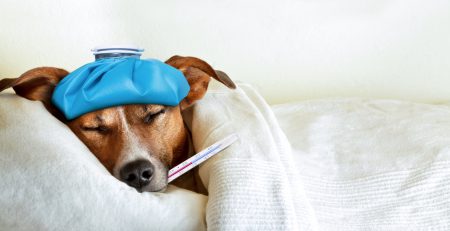
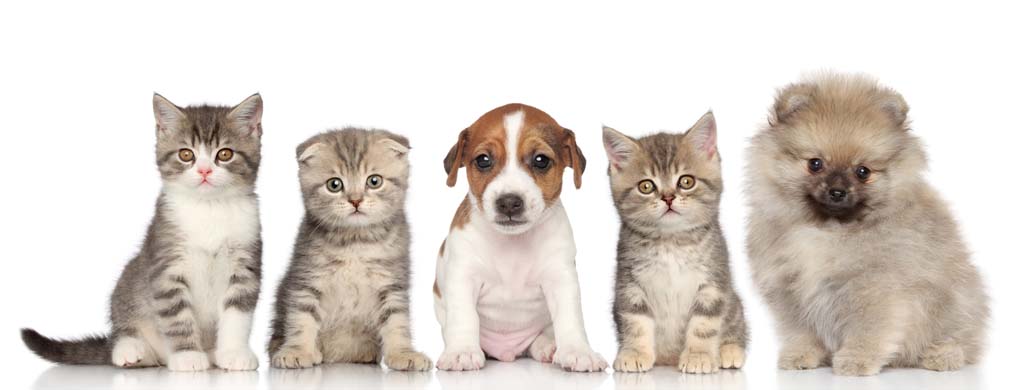




Recent Comments